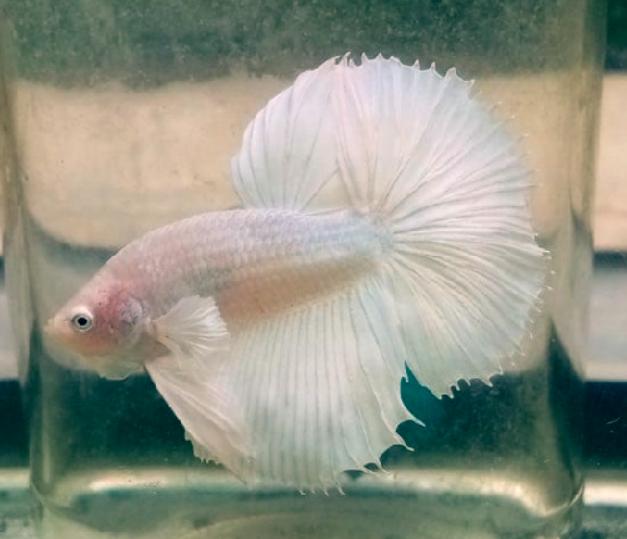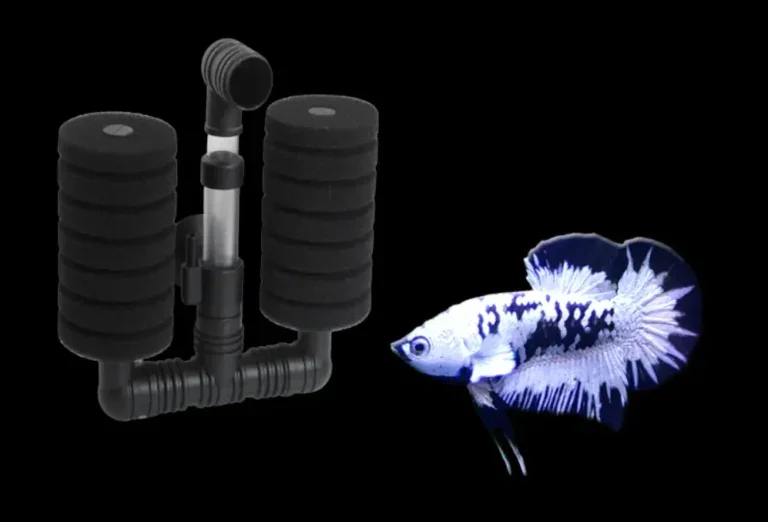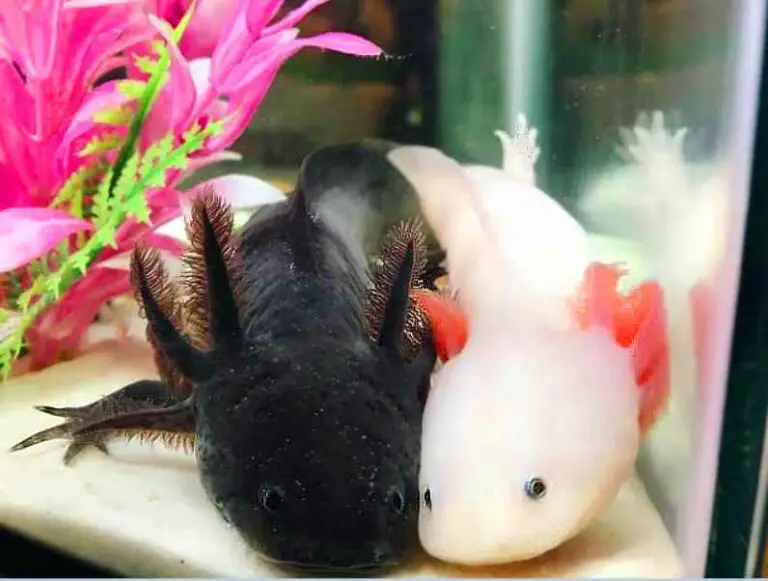Can Swordtail live with bettas?
Swordtail and Betta are perfect for each other. Swordtail is known for cool-mannered fish. However, you should avoid them settling with other males as they might start fighting for territory.
Can Swordtail live with bettas? Yes. You can keep swordtail fish with betta together. Put darker colors Swordtail with Betta as they are more comfortable with each other. Do not place too many male swordtail fish in a tank. It will result in an occasional fight for territory.
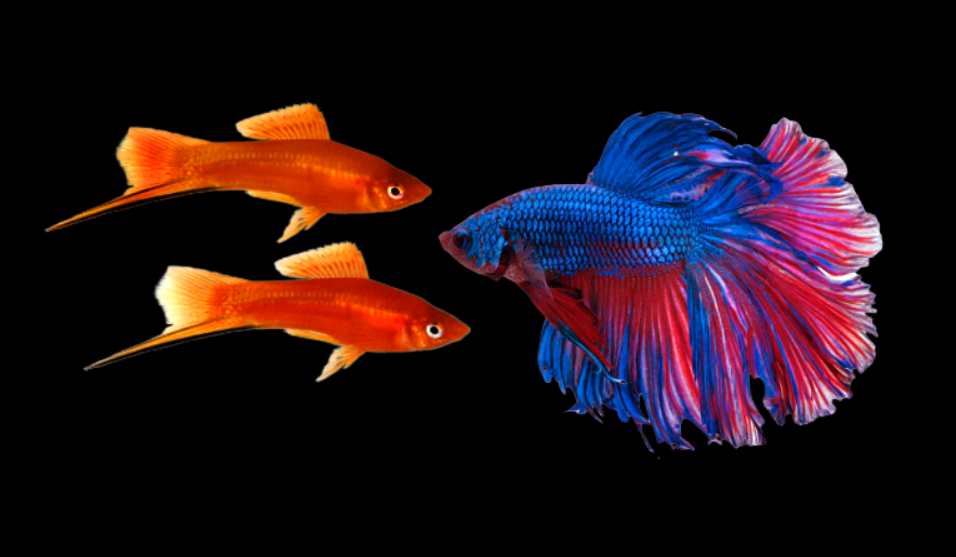
Table of Contents
- How many Swordtails can you keep with your betta?
- What to do if your Betta is Chasing Swordtail?
- What size tank is best to bettas with Swordtails?
- Can bettas eat Swordtail food?
- Can bettas kill Swordtails?
- What temperature bettas and Swordtail need?
How many Swordtails can you keep with your betta?
You can place 10-15 swordtails with your betta fish in a 10-gallon tank. Depending on the size of the fish and water in the tank, you can decide how many fish you should have together in a single tank.
Always have one male and two female ratios in the tank. More males in the single tank may enter into a territorial dispute.
They may attack each other and other fish in the tank, and the situation will become difficult to manage. One adult fish can live comfortably in 15 gallons of fish tank with the Betta.
However, consider other aspects, such as decorative, live plants, pace occupied by filter, heater, oxygen supply tank, etc. Free space needs to be there in the tank to allow the fish to roam around easily.
What to do if your Betta is Chasing Swordtail?
Swordtail may become aggressive when they find to come close frequently to the Betta. Like any other animal, the fish also find it challenging to share their space with other fish. As a result, both will end in a fight.
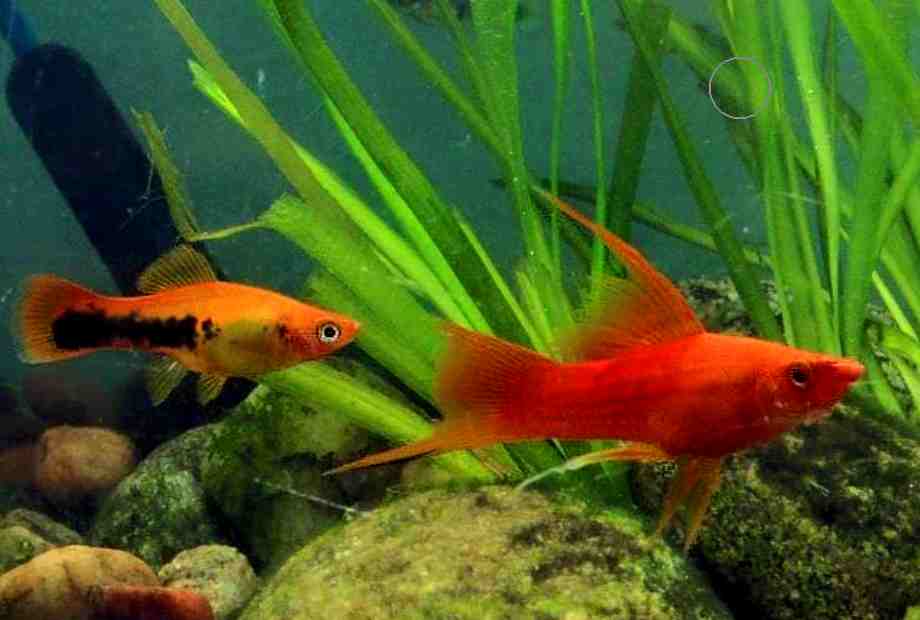
Swordtail needs more swimming space to stay calm. Also, the water condition could be one of the reasons why the Swordtail will get upset and start attacking the betta fish.
There are ways you can control the Swordtail and keep them calm while the Betta is around.
1) Water Temperature
Fish develop anxiety when the water condition changes. Use a water temperature alert system to track the water condition every day.
Any unusual activities such as rising temperature and building chemicals in the water are some factors that make fish become frustrated and start attacking other fish. Control the water temperature, and everything will be quiet in the fish tank.
2) Create hiding space
Hiding behind the bushes or large-sized stones is part of the survival skill. When the fish feel anxious, they immediately find a quiet space to hide and stay calm.
It is vital to offer sufficient space to hide; else, fish will start attacking anything they encounter in the tank. When they find no other way than to fight, the fish will start eating the fins of betta fish. Betta may eat the tail of the swordtail fish.
3) Use large size tank
When you decide to keep the Betta with Swordtail, ensure that you have sufficient space in the tank. Both the fish need a separate swimming area.
They should not face each other frequently; else, they will get into a fight and hurt each other. Swordtails may dominate the battle as they can become more extensive in size.
4) Sufficient food
Ensure that both the fish receives a sufficient amount of food. It is vital to have separate feeding areas for both the fish, so they do not reach close to each other during the feeding time.
Keep the fish as far as possible. Change the food frequently and offer them live food as well to make them enjoy the feeding time.
5) Male and Female ratio
Balance the male and female ratio in the tank. The females should outrank the male as the male will fight with each other and sometimes cause damage to the other fish as well.
Betta males will become attacking when they see swordtail male entering their territory and may cause damage to the female. Having more females in the tank compared to the male will help you maintain the tank’s sanity.
What size tank is best to bettas with Swordtails?
A minimum of 15 gallons of the tank is recommended if you plan to keep bettas with the Swordtails. They need sufficient space to swim, so ensure that you do not block the area with decorative and live plants.
Keep plants behind and give free space for the swimming at front. Both the fish are very active, so they need more space to swim and explore the territory.
Can bettas eat Swordtail food?
Yes. Betta can comfortably eat the Swordtail food. Swordtail consumes omnivore food, which is part of the bettas fish diet. However, managing a special diet is also essential. Necessary nutrients are vital to extending the growth of the Swordtail.
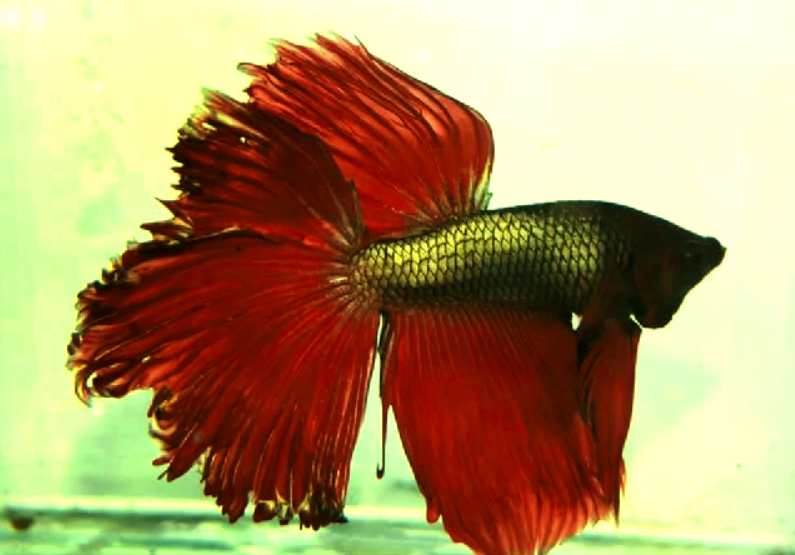
Can bettas kill Swordtails?
Yes. Betta sometimes becomes aggressive and starts chasing the other fish. Eating fins and damaging the skin is the early sign of betta attack. Tails would be another easy target that may cause the fish to die.
Swordtail fish would have long tails that are an easy target for Betta. Not all Betta are aggressive. Fish temperament depends on various factors.
If you recently bought the Betta from the store, they might be anxious and start attacking the Swordtail when they have a close encounter with them.
Betta needs space to swim. If they see other fish has occupied their territory, they may start attacking them, and eventually, the damage may cause the fish to die. Thus, you should ensure that the betta fish is comfortable sharing the water.
If you encounter the Betta is not allowing the Swordtail in the tank, you should immediately remove them before it is too late. Separate them into other tanks and improve the habitat so the Betta will become more comfortable in the tank.
Read More :- Can you Keep Kribs with a betta?
What temperature bettas and Swordtail need?
Maintain the water temperature around 75 to 80 degrees Fahrenheit. Coldwater may harm the health of the betta fish. It will affect Betta’s immune system and make them fall sick immediately when the temperature reaches below they can handle.
Also, as the immune system is involved, they will become susceptible to disease. The fish will become uncomfortable with the situation and age quickly.
Betta will start avoiding the food, and eventually, they will die. Control the water temperature with the heater and provide suitable habitat for fish to survive.
Related Articles :-
https://www.tinyfishtank.com/can-rainbowfish-live-with-a-betta/
https://www.tinyfishtank.com/can-bumblebee-gobies-live-with-bettas/
https://www.tinyfishtank.com/are-tiger-barbs-okay-to-put-with-my-betta/
https://www.tinyfishtank.com/can-pygmy-corydoras-fish-live-with-betta-fish/
https://www.science.org/doi/abs/10.1126/science.250.4982.808


